Hi Everyone,

Today I am going to explore price elasticity of demand. So far I have covered several aspects of demand and supply. They include giffen goods, substitutes and complements, and general equilibrium. I have also explored factors affecting demand such as utility as well as tools that can be used to analyse utility, such as indifference curves. I will provide links to these posts at the end of this post.
What is price elasticity of demand?
Price elasticity of demand is the sensitivity of demand to a change in price. If demand is elastic, quantity demand is more sensitive to changes in price. For example, if price changes by 1%, quantity demanded for the good or service changes by more than 1%. If demand is inelastic, quantity demanded is less sensitive to changes in price. For example, if price changes by 1%, quantity demanded for the good or service changes by less than 1%. Elastic and inelastic demand is demonstrated in the graph below.
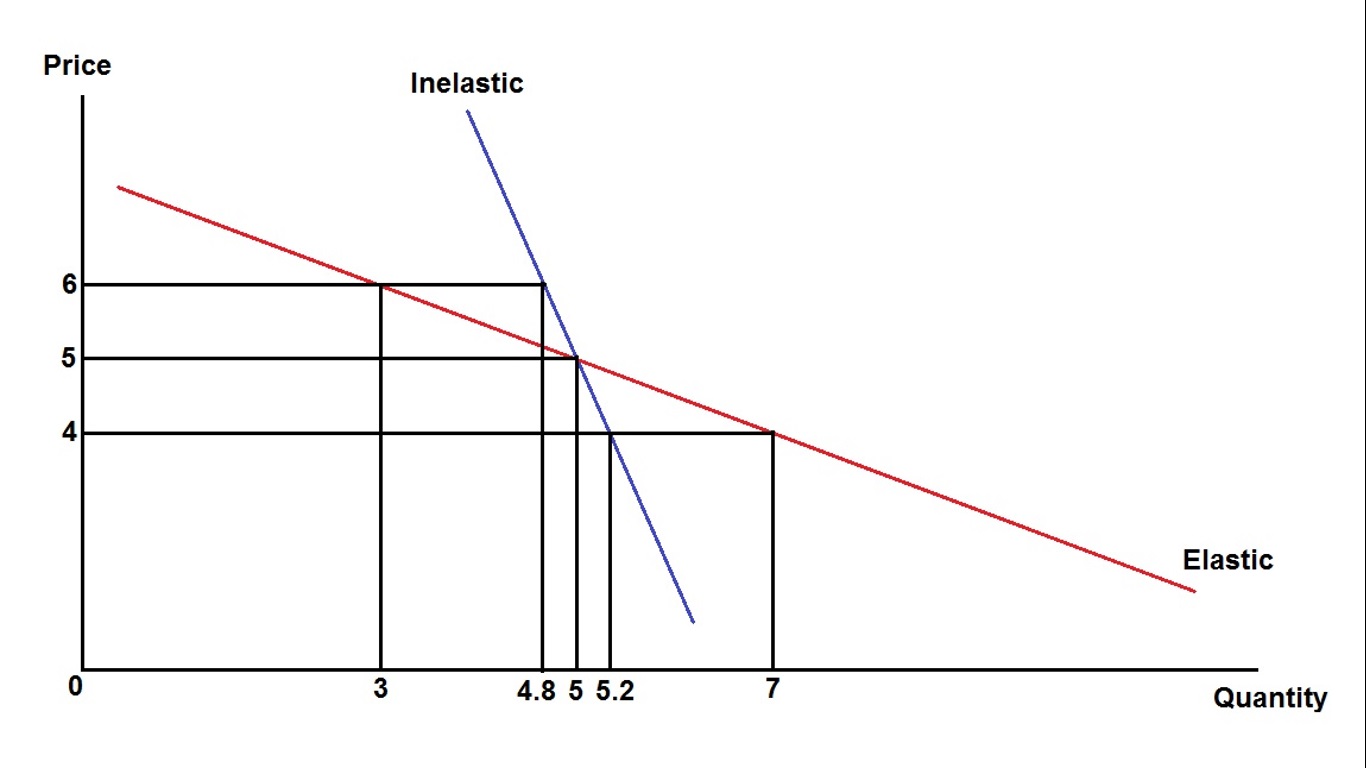
The graph uses what is called point elasticity. Price elasticity of demand varies at different points on the demand curve. The points higher up the demand curve or closest to the y-axis are more elastic. As the demand curve approaches the x-axis, demand becomes more inelastic. The mid-point of the demand curve signifies, unit elastic. Points above the mid-point are elastic and points below are inelastic. This relationship is demonstrated in the graph below.
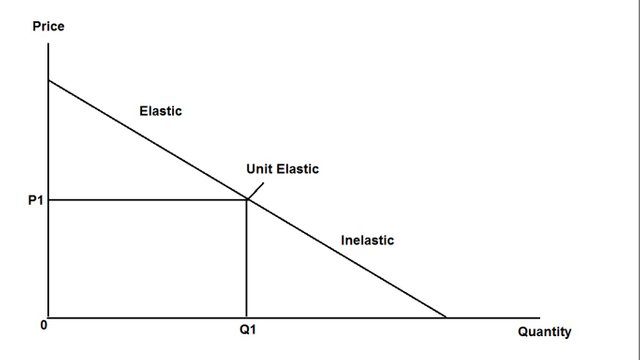
A demand curve can have a constant elasticity across the whole arc. If the shape of the demand curve is a rectangular hyperbola, the demand curve has a constant elasticity of demand of one. The diagram shows a demand curve with constant elasticity of demand of one.
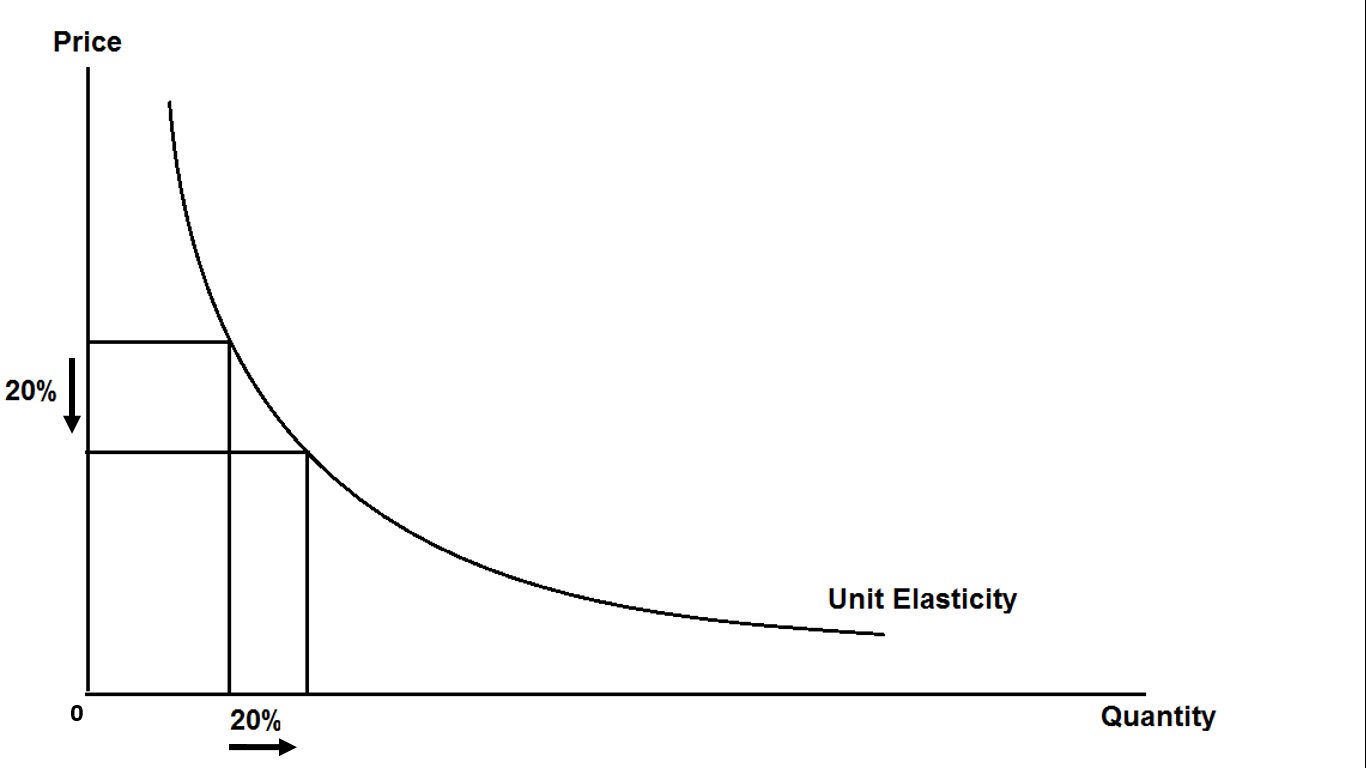
Price elasticity of demand is mostly a negative number. This shows the inverse relationship between price and quantity demanded. This can also be seen by the downward sloping nature of the demand curve. There are a few rare exceptions where price and quantity demanded are directly related such as giffen goods (explained in an earlier post) and some luxury goods.
The formula for calculating price elasticity of demand is as follows:
Elasticity of demand = % change in quantity demanded / % change in price
Application of price elasticity of demand in the real world
It is important to have an idea of the price elasticity of demand of a good or service. The elasticity of demand often affects strategies applied by different firms. Inelastic demand is generally preferred by most firms. Inelastic demand allows firms to raise price with less fear of losing customers. Inelastic demand generally means firms do not have to worry that they will lose customers to competitors.
It is often the case that firms have limited control over the elasticity of demand of their product. Hence, competition pushes the price down. The next time you are out shopping or at the mall. Take a look at all the goods that are on sale or have price reductions. These products are typically price elastic. The lower prices increase sales and most likely profits. The diagram below explains changes in revenue based on price elasticity of demand.
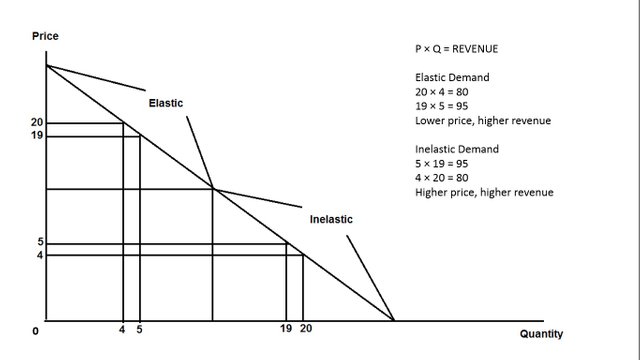
Examples of goods or services that are typically price inelastic
There are several reasons why a good or service might be price inelastic.
Goods that are considered as basic necessities such as staples like bread, rice, and potatoes generally have reasonably inelastic demand. If prices go up, people will still demand them as they cannot survive without them.
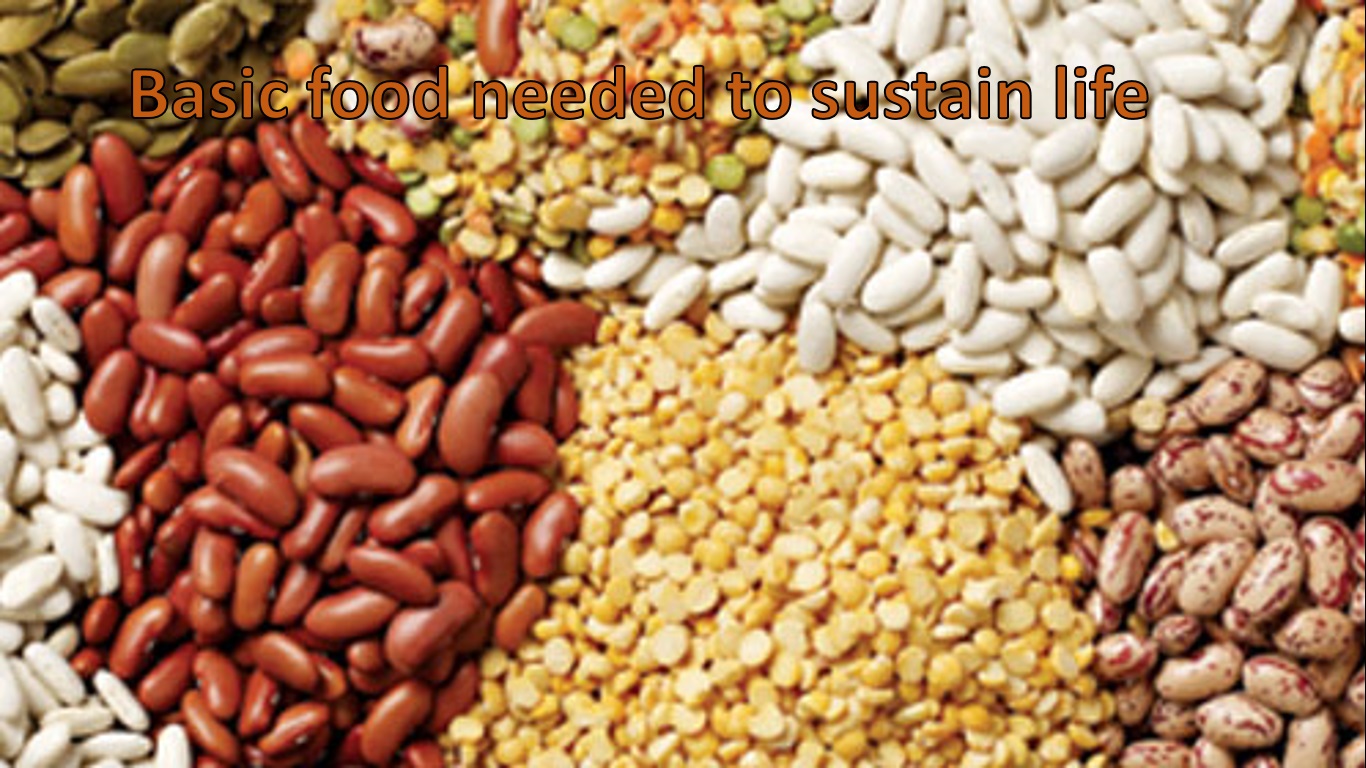
Goods that have very few viable substitutes such as commodities like oil, coal and precious metals also have reasonably inelastic demand. In the case of oil, if the price increases, the quantity demanded will only decline marginally. The machinery that uses oil cannot be easily or inexpensively changed to use another form of energy in the short-run. The same can be said about motor vehicles. In the long-run, some commodities might become more price elastic as alternatives become available and people have time to change the technology that they use.

Goods that are particularly addictive such as cigarettes and alcohol can be expected to be reasonably inelastic. The addiction keeps customers returning even if there is a price hike. Taxing of cigarettes and alcohol is not effective at reducing the consumption of such goods. Instead, taxation effectively raises revenue from these industries but at the expense of those buying the addictive goods rather than the producers.

Market structures also affect the elasticity of demand. Goods and services produced in market structures such as monopolies and oligopolies normally have price inelastic demand. These market structures have barriers to entry. These barriers could be acritical such as patents and copyrights as often seen in the pharmaceutical industry. Some these barriers could occur naturally (without government intervention) such as the costs of acquiring or maintaining infrastructure. Ultimately, these market structures limit consumer choice. Therefore, people are left to decide if they will pay the higher prices or go without. Most people will pay the higher price.
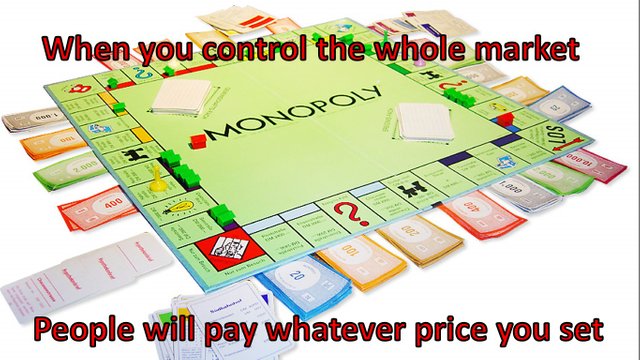
Goods or services that are considered very high quality or deemed to be prestigious, tend to be price inelastic. High end fashion tends to be price inelastic as the buyer sees the brand as having value above other lower brands and therefore does not consider there to be comparable substitutes. Price is sometimes an indication of quality and this may even result in an upward sloping demand curve for some fashion brands.

Examples of goods or services that are typically price elastic
There are several reasons why a good or service might be price elastic.
The goods and services that many of us consider as nice to have but not essential, tend to be price elastic. This will include such things as going on holiday, spending on entertainment or dining out.

Goods and services that have many alternatives tend to be price elastic. This is typical amongst brands that are selling very similar products such as electricals, household appliances, and bed frames. If the price of a similar or alternative good drops, many people will switch to that alternative. A higher level of brand loyalty and product differentiation will reduce the number of people switching brands. Hence, these goods and services will be more price inelastic.
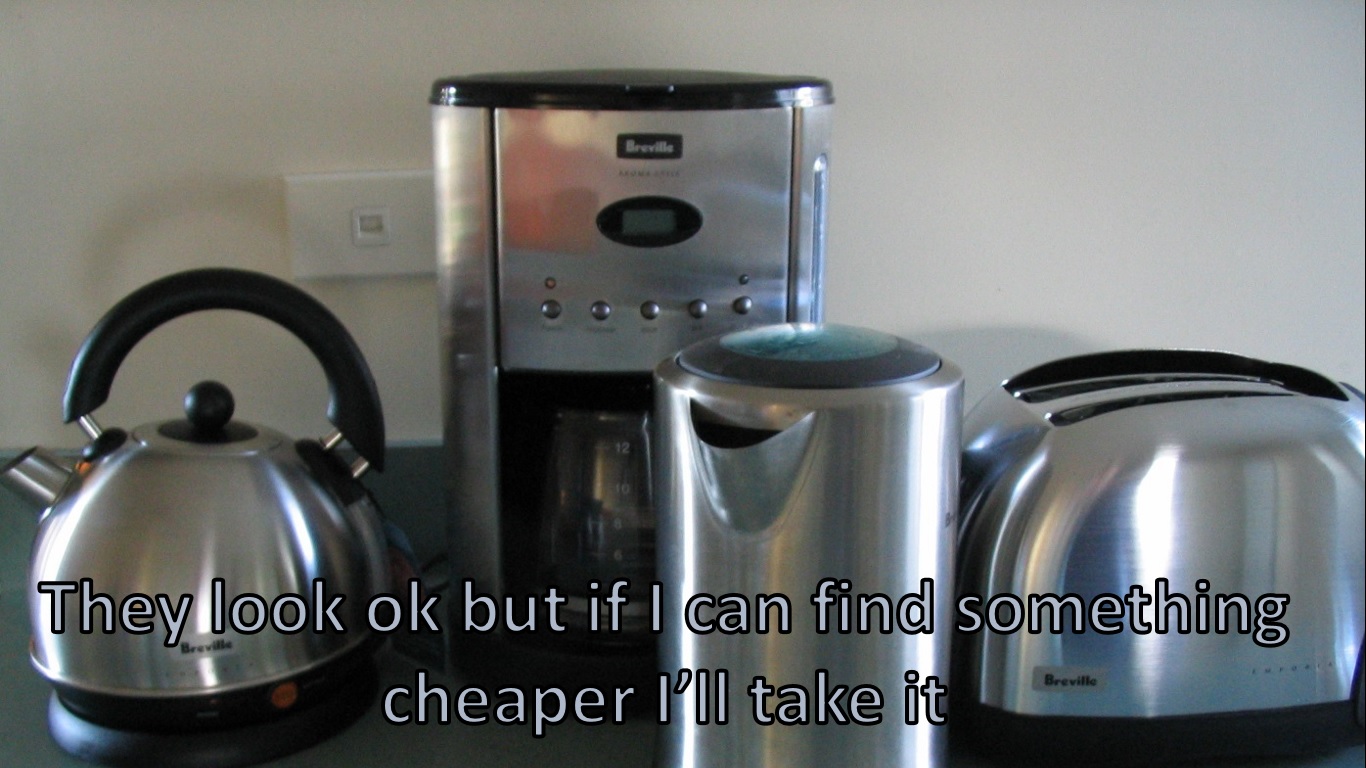
Brands of goods tend to be more price elastic than the market. For example, the demand for a particular brand of shoe might be sensitive to price changes as people can easily switch from one brand to the other. If the whole shoe market is effected by the price change, quantity demanded will be less effected as there are few alternatives to shoes even though there are many alternatives to individual brands of shoes.

Conclusion
Price elasticity of demand is an important economic concept to grasp. It is essential to determining price and quantity demanded for a good or service. The determinants of price elasticity are even more important to understand. Some of these determinants relate to the nature of the good or service while others relate to the market and market structure.
Thank you for spending the time to read my post. I have several posts relating to demand such as giffen goods; complements and substitutes; and demand, supply and equilibrium. These posts can be accessed using the links below. I will be taking a look at cross elasticity of demand and income elasticity of demand in future posts.
Other related posts
For more information regarding demand, supply and equilibrium, you can read my Steemit blog using the following link:
You can also watch my demand and supply video on Dtube using the following link:
For more information on substitutes and complements, you can read my Steemit blog using the following link:
You can also watch my substitutes and complements video on Dtube using the following link:
For more information on utility, you can read my Steemit blog using the following link:
For more information on indifference curves, you can read my Steemit blog using the following link:
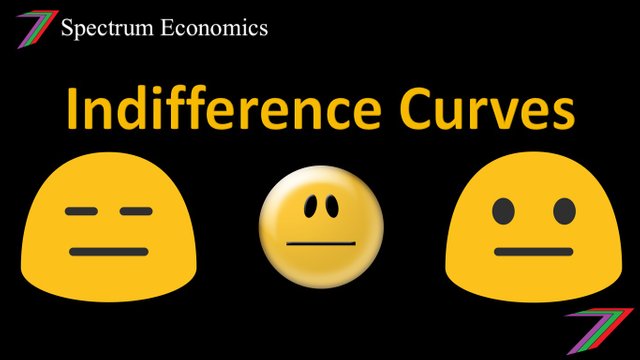






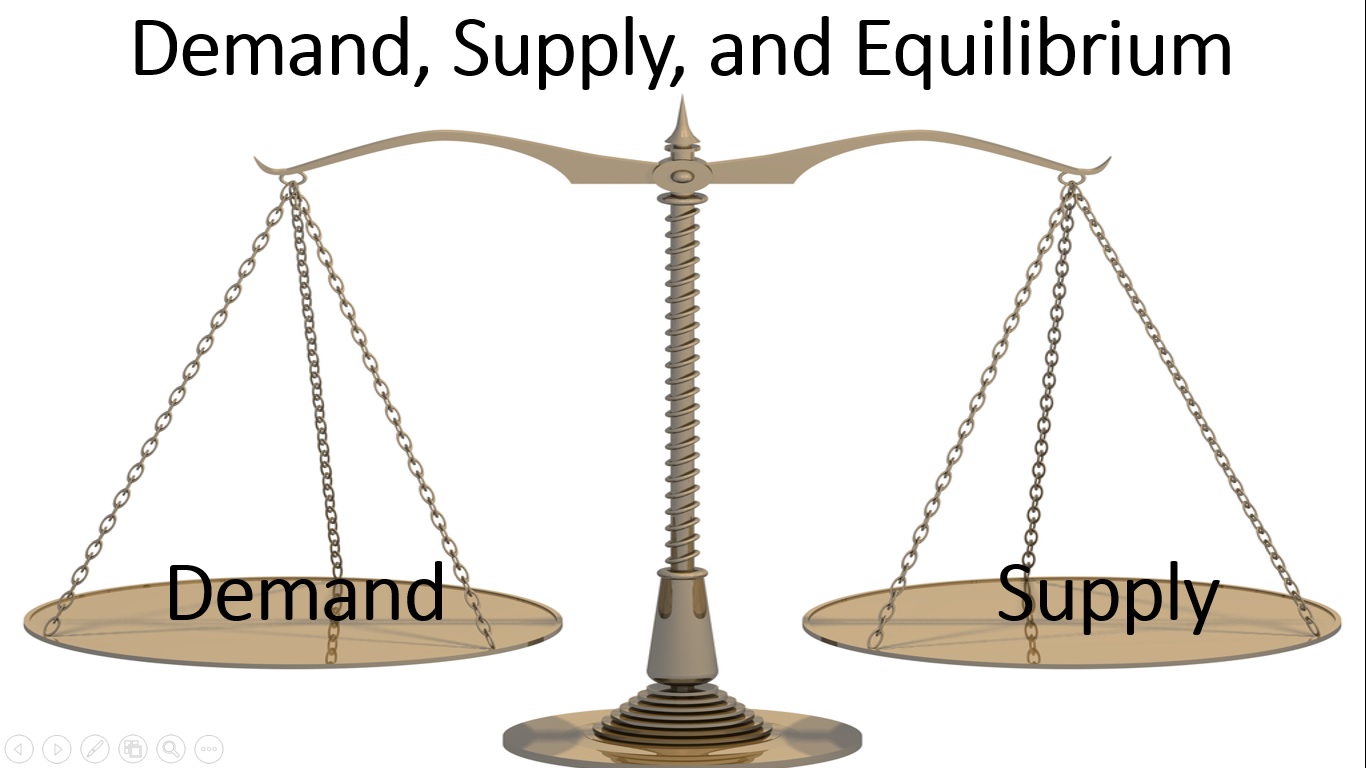


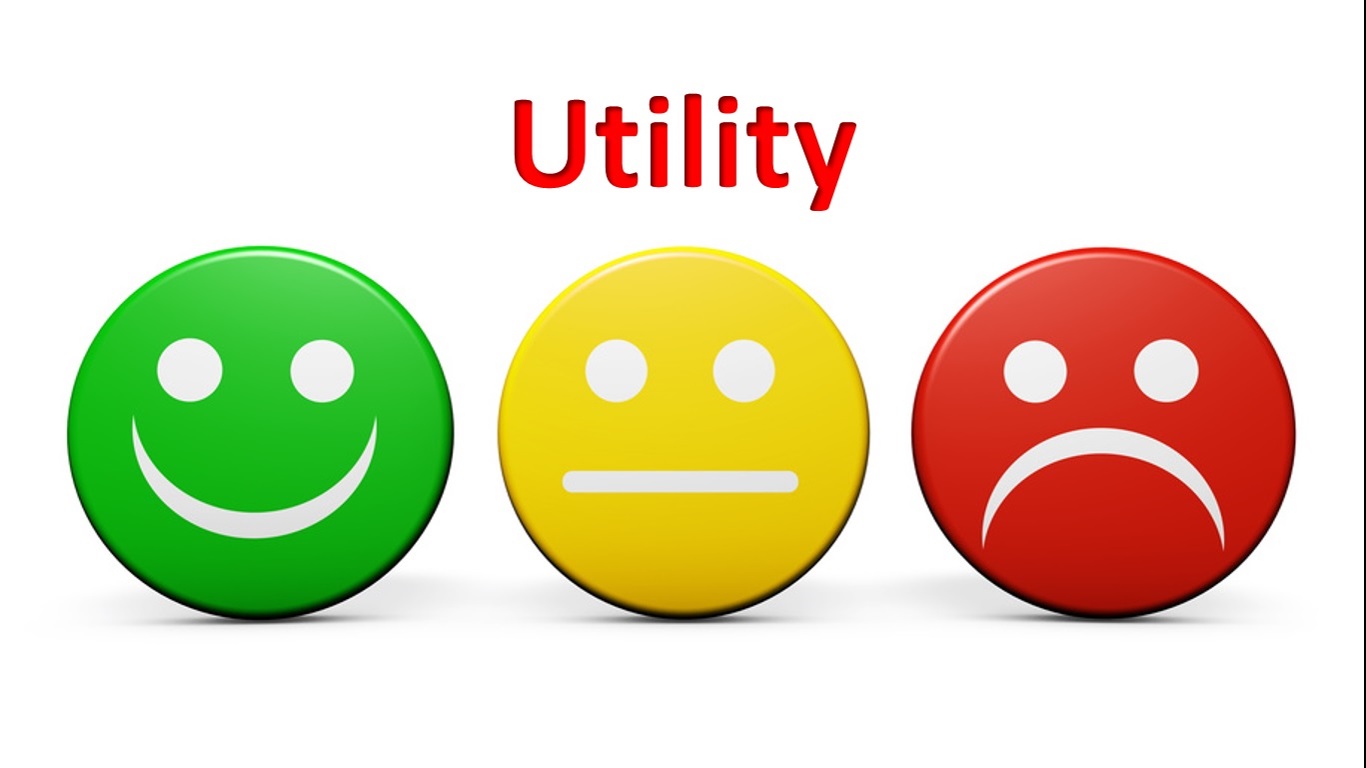
consumer products manufactures are always the winner
Downvoting a post can decrease pending rewards and make it less visible. Common reasons:
Submit
You have to come down here and teach economics sir (haha). I have sat in economics class struggling to understand this stuff and it has always been explained in ways that makes it sound like speaking Japanese to an English child. Today you did it in an interesting way. It only makes sense that elasticity and inelasticity depends of the amount of options available. More options therefore mean for elasticity. I have now captured this concept. Thanks @spectrumecons for this article.....
Downvoting a post can decrease pending rewards and make it less visible. Common reasons:
Submit
Thank you very much @ehmkannde. It is often the case that lecturers and textbooks explain economics in a very theoretical manner such that students often struggle to relate to. I try to explain the concepts and then show how these concepts apply to the real world.
Downvoting a post can decrease pending rewards and make it less visible. Common reasons:
Submit
I love the way you elaborate your definition. Nice one sir.
Downvoting a post can decrease pending rewards and make it less visible. Common reasons:
Submit
Hey no problem. I am glad you liked my definition.
Downvoting a post can decrease pending rewards and make it less visible. Common reasons:
Submit
Downvoting a post can decrease pending rewards and make it less visible. Common reasons:
Submit
I really appreciate this content @spectrumecons, you reminds me of my school days lol...
Downvoting a post can decrease pending rewards and make it less visible. Common reasons:
Submit
Hopefully I am bringing back good memories.
Downvoting a post can decrease pending rewards and make it less visible. Common reasons:
Submit
Very good educational post covering economics....I think a lot of students will benefit from the information provided here...nice work :)
Downvoting a post can decrease pending rewards and make it less visible. Common reasons:
Submit
That would be awesome if they can.
I try and explain how economic concepts are applied or how economic concepts explain activity in the real world.
Downvoting a post can decrease pending rewards and make it less visible. Common reasons:
Submit
That's really important....knowledge is great but it needs to be applied to real life too.... good info :)
Downvoting a post can decrease pending rewards and make it less visible. Common reasons:
Submit
@originalworks
Downvoting a post can decrease pending rewards and make it less visible. Common reasons:
Submit
Wow...
Downvoting a post can decrease pending rewards and make it less visible. Common reasons:
Submit
Good job! Thanks to @vegoutt-travel you have planted 0.13 tree to save Abongphen Highland Forest in Cameroon. Help me to plant 1,000,000 trees and share my Steem Power to the others. Selfvoting is prohibited, but that should be the reason to spread the world to protect our precious environment. Check out profile of our conservation association @kedjom-keku and the founder/coordinator @martin.mikes to get more information about our conservation program. My current SP is 18470.08. Help me to plant more trees with your delegated SP.
Thanks a lot,
your @treeplanter
www.kedjom-keku.com
Downvoting a post can decrease pending rewards and make it less visible. Common reasons:
Submit
posting a very interesting friend, and thank you for the information, if not busy, visit my blog friends yes
Downvoting a post can decrease pending rewards and make it less visible. Common reasons:
Submit
Thanks @fauzanhaikal.
Downvoting a post can decrease pending rewards and make it less visible. Common reasons:
Submit
great post i really like you @spectrumecons
please visit my blog and upvote my post advance thanks you
Downvoting a post can decrease pending rewards and make it less visible. Common reasons:
Submit
You got a 16.70% upvote from @postpromoter courtesy of @spectrumecons!
Want to promote your posts too? Check out the Steem Bot Tracker website for more info. If you would like to support the development of @postpromoter and the bot tracker please vote for @yabapmatt for witness!
Downvoting a post can decrease pending rewards and make it less visible. Common reasons:
Submit
This is very informative. You have taken me to class already. I have been schooled here. Lol!
Downvoting a post can decrease pending rewards and make it less visible. Common reasons:
Submit
That's awesome. I am happy to impart my knowledge.
Downvoting a post can decrease pending rewards and make it less visible. Common reasons:
Submit
sure, that may be a fairly exact summary of price elasticity of demand.
Downvoting a post can decrease pending rewards and make it less visible. Common reasons:
Submit
Good information post dear keep it up
Downvoting a post can decrease pending rewards and make it less visible. Common reasons:
Submit
Thanks @luckyboy786
Downvoting a post can decrease pending rewards and make it less visible. Common reasons:
Submit
No need dear just keep smile
Downvoting a post can decrease pending rewards and make it less visible. Common reasons:
Submit
thanks @spectrumecons, have shared a very interesting post, and i will resteemed your post, if any time please visit my friend's blog.
Downvoting a post can decrease pending rewards and make it less visible. Common reasons:
Submit
Good information about price elasticity,Price Elasticity is a measure of the relationship between a change in the quantity demanded of a particular good and a change in its price. Price Elasticity of Demand is a term used in economics when discussing price sensitivity.
Downvoting a post can decrease pending rewards and make it less visible. Common reasons:
Submit
Yes, that is a fairly good summary of price elasticity of demand.
Downvoting a post can decrease pending rewards and make it less visible. Common reasons:
Submit
interesting concept i learnt today about price elasticity on demand thanks for explaining it in details :)
Downvoting a post can decrease pending rewards and make it less visible. Common reasons:
Submit
No problem @blazing. I am glad you are able to learn something.
Downvoting a post can decrease pending rewards and make it less visible. Common reasons:
Submit
Economics is really a great field of study, it is very wide and interesting. It is really good you dared to delve into it. Nice post. You could also visit my blog too.
Downvoting a post can decrease pending rewards and make it less visible. Common reasons:
Submit
Well economics is the key focus of my page.
Downvoting a post can decrease pending rewards and make it less visible. Common reasons:
Submit
consumer products manufactures are always the winner
Downvoting a post can decrease pending rewards and make it less visible. Common reasons:
Submit